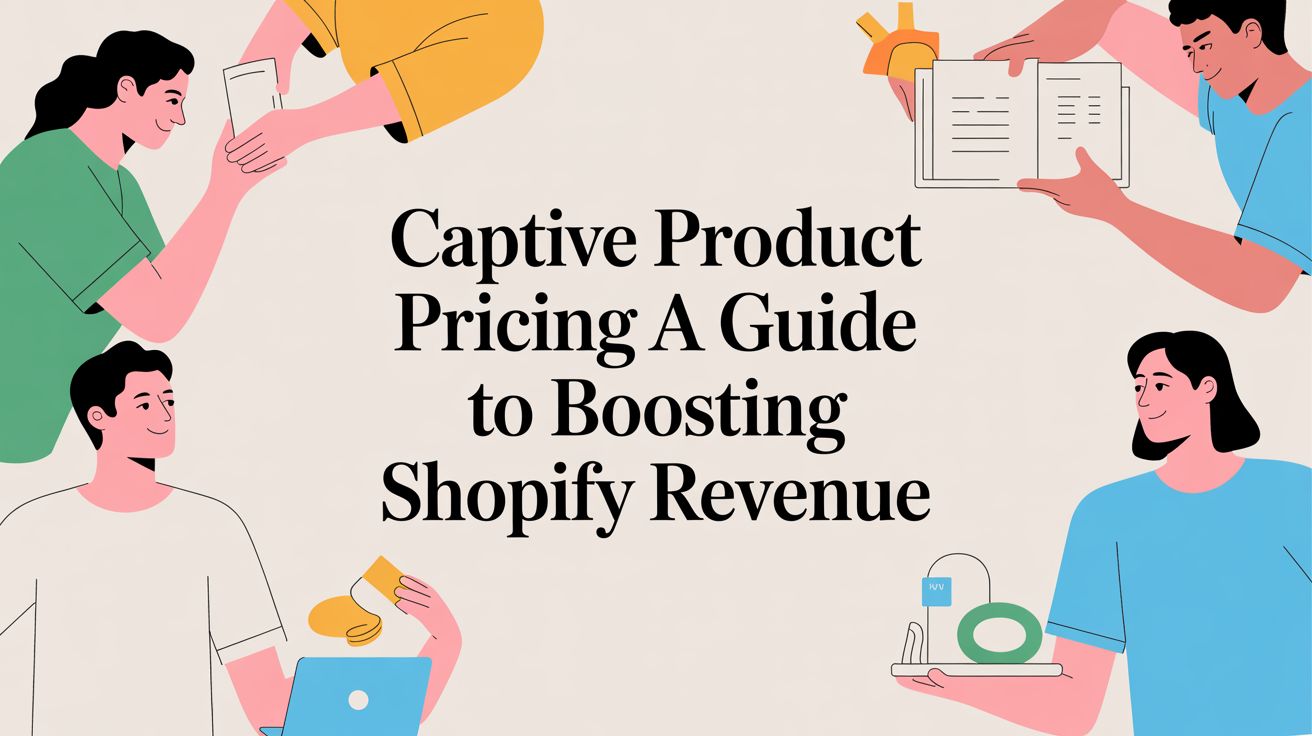
The consumer psychology behind holiday shopping

Holiday shopping is here. With long lines, cheerful music and gift ideas for friends and family, this experience comes once a year, and consumers have a lot riding on it.
To get a clear picture of what consumers are looking for during their holiday shopping trips, we called on Dr. Banwari (‘Ban’) Mittal, a marketing professor at Northern Kentucky University and author of "Consumer Psychology: A Modernistic Explanation" and "50 Faces of Happy.”
Factors influencing holiday shopping behaviors
Before consumers can get their needs met, they must first have a set of benchmarks they’ll use to determine if a brand or product can get the job done.
Some benchmarks are set in stone and are so integral to the consumer experience that brands won’t have to worry about uncovering them — just meeting expectations.
“Satisfaction has always been the very purpose of buying anything; so the shopper’s pursuit has always been to find satisfying merchandise, but also at the best price,” Mittal said.
Thanks to inflation and post-COVID financial duress, the usual quest for better prices has become a feverish pursuit for many shoppers. This means that shoppers will spend more time looking for a good price. Unfortunately, market prices aren’t always working in favor of consumers.
“Given that the prices of most things (clothes, electronics, cosmetics, especially), even at discount stores, have risen sharply post-COVID, their purchases, or the number of people they would gift, would be rationed. [Deciding who] to exclude from gifting and making a compromise on the item you can afford, is not an easy decision for most consumers,” said Mittal.
According to Mittal, this can leave consumers with the feeling of “incomplete satisfaction.” While they may be happy and feel as though a portion of their needs were fulfilled, they may also leave the experience disappointed at the goals they weren’t able to achieve.
Consumers aren’t only trying to satisfy themselves, but they are also feeling a sense of responsibility toward the gift recipients who will be on the receiving end of their shopping experience. When buying gifts for others, consumers may feel pressured to find the “perfect gift.” Because of this they’ll often experience two kinds of doubts: one, whether the item itself will be liked by the intended gift recipient and two, whether they might be perceived as “cheap” with that gift.
In the case that their fear comes true and the item does not fit the gift recipient’s need or does not fit their taste, your customer may want to return or exchange it.
“Brands should make the returns and exchange process transparent and convenient. They could do so by proactively printing an information sheet on 'Dear gift-recipient: Here is how you can return or exchange this item whenever you wish for up to six months,' or something similar,” said Mittal.
The second worry, Mittal says, is about a product looking “cheap.” Consumers want their gifts to go over well with others, and it’s no secret that many consumers have a higher appreciation for luxury goods. Consumers will even go as far as spending more money on gifts for others than they typically would spend on themselves to avoid looking cheap.
“While we think of 'loss' usually in monetary terms, for gift-shopping a loss of another kind becomes more salient. That is the social risk — that the gift recipient may think we had poor taste or were 'cheap.' So we want to buy something that will show our good taste and not look cheap. And to avoid that loss, consumers are willing to spend more money on gifts, even more than they would for purchases for themselves,” said Mittal.
To help mitigate this concern, brands should focus on presentation just as much as they would on the quality of their products. When it comes to gift giving, these two aspects are a package deal and are just as important.
“Brands that offer product options whose quality and appearance manage 'to hide' (so to speak) their low price or even value price will reduce shopper anxiety,” said Mittal. “Also, merchandise options that keep the original price tag but offer a deal via non-publicized coupons (for example, in-store coupons or in-catalog coupons —a tactic many brands already employ) will assure shoppers their gift will not look cheap.”
Remember the slight mention of consumers’ affinity for luxury items? There’s a psychology to this and it has everything to do with customer perceived value (CPV), the level of importance a customer attaches to a product or brand.
In many cases, brand’s with a high CPV are appreciated by the vast majority of customers and are thought to make a good gift. Consumers feel less worried about whether the gift will be received well or if it will make them look cheap.
These products are safe options for consumers because they can be trusted. And a lot of that trust comes from how familiar consumers are with the products.
“When it comes to gift items, the role of brand familiarity becomes even more important. And not just brand familiarity but brand prestige. The brand has to be familiar not only to the shoppers themselves, but [it has to be a brand] their gift recipients will respect and want,” said Mittal. “For brands that have built a reputation and an image over the years, gift buying season is their best opportunity."
Consumers have high expectations for brands during the holiday season. At times like this, their psychological needs can show up in full display, making it all the more important for marketers to know the psychology behind holiday shopping habits.

Lindsay Keener is a brand journalist for Quikly. She covers stories that help to inform and educate consumer-facing marketers.

